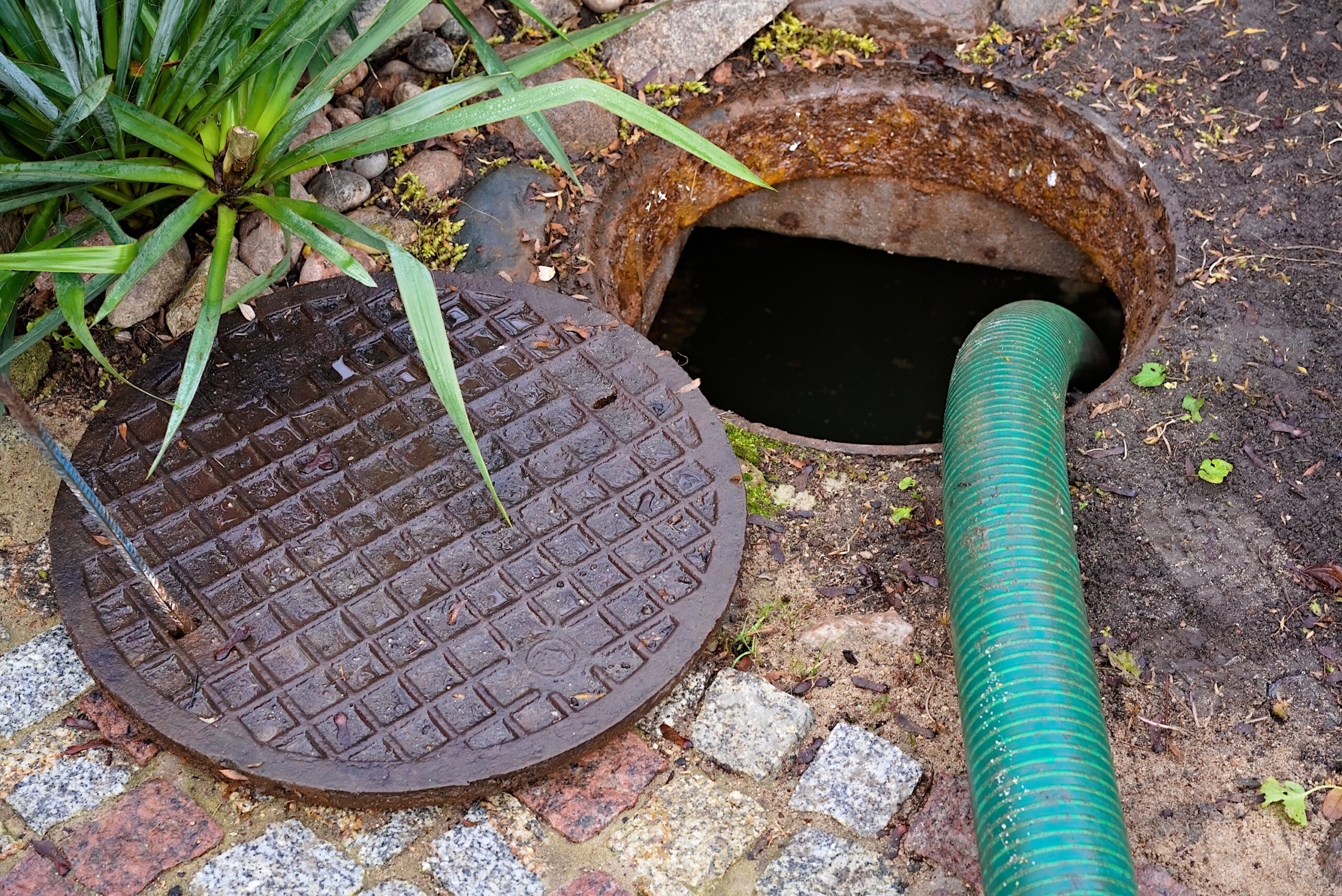When people encounter septic tank problems, a couple of potential causes usually come to mind. After looking at the facts, however, these can usually be dismissed as the source of the problems.
Tree or plant roots are one of the first things people believe are the source of their septic tank problems. They envision a mass of roots penetrating their drainfield pipes, causing a range of problems from slow flowing drains to system back ups. Regardless of what people are told, roots are seldom an issue for septic systems. Think about this fact: for the roots to cause septic system problems, they would have to fill all of the perforation holes in the pipe system in the drainfield, a scenario that is not likely. In fact, less than 0.5%, or 1 out of 200, of septic system problems can be attributed to or related to plant roots.
People also believe that insufficient bacteria in their septic tank and system are the cause septic tank problems. The fact is, though, that the bacteria population in a septic system is self regulating. Feces are packed with billions of bacteria. As more organic material (“food” for bacteria) enters the septic tank and system, the bacteria population count increases very rapidly. As the organic material is consumed or decreases, the bacteria population decreases. For example, when you go on vacation, the wastewater flow into the septic tank stops. The bacteria consumes the organic material until it is gone. At this point, the bacteria begin to starve and die off. By the time you return from vacation, the bacteria count in the septic tank is low. As you begin to use the facilities in the house again, wastewater enters the tank and the bacteria population count increases rapidly until it balances with the amount of available organic material.
The only way for a septic system or septic tank to become unbalanced (contain bacteria not in proportion to the available organic material) would be an event that killed the bacteria. This happens in the cases when an excessive use of solvent chemicals, bleach, anti-bacterial products, chemotherapy drugs, etc., occurs. Normally, a septic system will handle any of these substances in moderate amounts. Therefore, if you do not abuse your septic system, you will not need to add bacteria.
Septic tank problems and septic system failure are the natural consequence of anaerobic bacterial environment; these problems and system failure are inevitable. Only by converting the system to an aerobic bacterial environment can the issues be avoided and system life extended.











